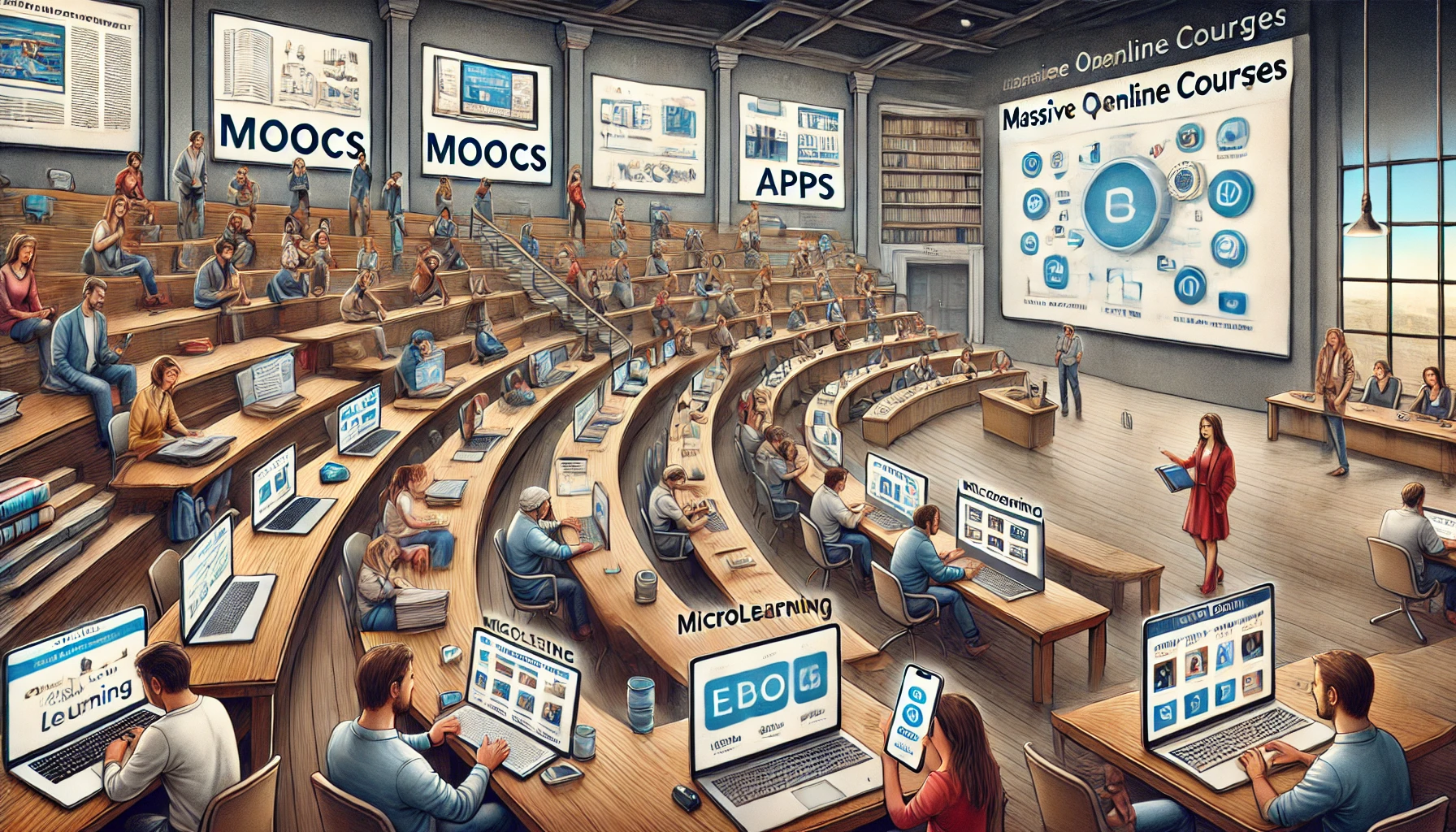The Evolution of Online Learning Platforms: From MOOCs to Microlearning Apps

From MOOCs to Microlearning: A Brief Journey
Remember when MOOCs (Massive Open Online Courses) burst onto the scene like the rock stars of the educational world? Back in the early 2010s, platforms like Coursera and edX promised to democratize education by providing university-level courses for free or at a minimal cost. People flocked to them like concertgoers to a free festival. Who wouldn't want a Stanford lecture in their living room without the hefty tuition fee? The concept was revolutionary. But, as time went on, it became clear that while MOOCs were great for offering vast amounts of information, they were also overwhelming. Sure, you could enroll in a course on quantum physics or Renaissance art, but actually finishing it? That was a whole other story. MOOCs often had completion rates lower than my interest in doing laundry on a Saturday afternoon.
The Rise of Microlearning: Learning in Bite-Sized Chunks
Enter microlearning. It's like MOOCs decided to go on a diet and shed all that extra fluff. Microlearning platforms emerged as a solution to the problem of attention spans shorter than a TikTok video. Rather than offering hours-long lectures, these apps provide bite-sized lessons that can be consumed in minutes. The idea is simple: people learn better when they can focus on smaller, manageable chunks of information. It's like trading in a buffet for a well-curated appetizer plate. And guess what? It's working. People are more likely to retain information from a quick 5-minute session on their phone than from a two-hour marathon lecture. Platforms like Duolingo, Blinkist, and Khan Academy's newer offerings have tapped into this trend, making learning more accessible, focused, and dare I say it, fun.
Why the Shift to Microlearning? A Matter of Time and Technology
So why exactly did we shift from marathon MOOCs to snack-sized microlearning apps? Well, for starters, we live in a world where time is the most precious commodity. Between work, social obligations, and the constant distraction of cute cat videos online, who has time for long lectures? Plus, technology has advanced to the point where learning can happen anywhere, anytime. With mobile apps and on-demand content, learning is no longer tied to a specific place or schedule. People want quick, effective lessons that they can squeeze in between their morning coffee and the next Zoom meeting. Microlearning fits perfectly into this modern lifestyle, offering flexibility without sacrificing quality.
The Impact on Education and Professional Development
Microlearning hasn't just changed how we learn for fun, it's also revolutionizing professional development. Companies are embracing microlearning platforms to train their employees without taking up too much of their workday. Imagine being able to learn a new skill during a coffee break instead of attending a three-hour seminar that feels longer than a season of 'The Office.' With apps like LinkedIn Learning, Udemy, and even specialized corporate training platforms, professionals can upskill at their own pace. And let's face it, the ability to learn something new without sacrificing productivity is a win-win for both employees and employers.
What Does the Future Hold for Online Learning?
As technology continues to evolve, so will online learning platforms. Virtual reality, augmented reality, and AI-driven adaptive learning are already starting to make waves in the education world. Imagine taking a history lesson where you're not just reading about ancient Rome, but actually walking through its streets, thanks to VR. Or an AI-powered app that adjusts the difficulty of your lessons based on how well you're grasping the material. The future of learning looks more personalized, immersive, and—dare we say—exciting than ever before.
Final Thoughts: Are You Ready to Dive into Microlearning?
MOOCs may have started the revolution, but microlearning is taking it to the next level. Whether you're looking to learn a new language, master a professional skill, or just satisfy your curiosity, the era of quick, focused, and flexible learning is here to stay. So, what are you waiting for? Is it time to swap your next Netflix binge for a microlearning session? You might just surprise yourself with how much you can learn in those spare minutes.



